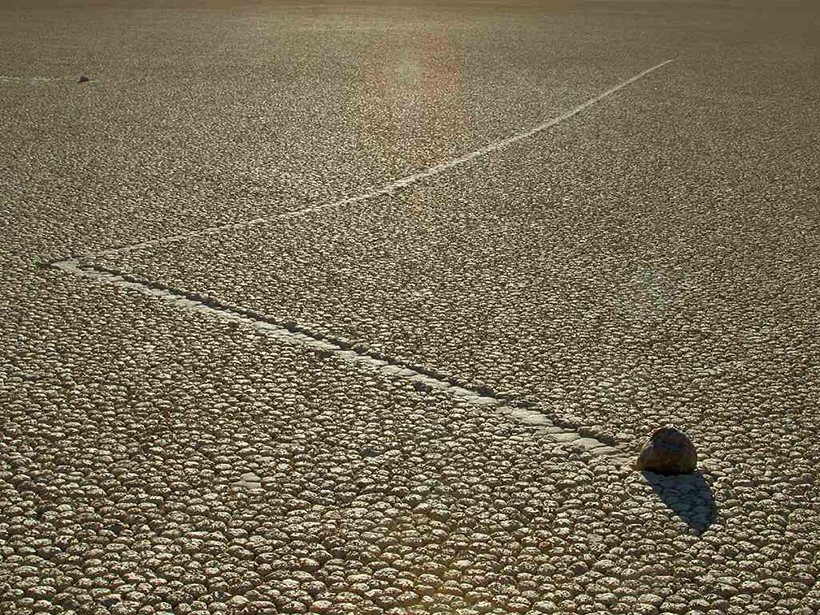A new study in the Farmington River watershed shows that groundwater seeps can release 20% of dissolved emissions into the atmosphere before the water joins streams.
Connecticut
Posted inNews
Home Foundations Are Crumbling. This Mineral Is to Blame.
Pyrrhotite causes cracks in concrete. But research on how widespread the issue might be has only scratched the surface.
Posted inNews
New England Forests Were Historically Shaped by Climate, Not People
A first-of-its-kind study combining paleoecology and archeology indicates that the New England landscape was not actively managed with fire prior to European arrival.
Posted inNews
Does This Fossil Reveal a Jurassic Tropical Freeze?
On view for over a century, a fossil slab may display evidence of tropical freezing during the Jurassic, but scientists never noticed it—until one finally did. Some colleagues are not convinced.




